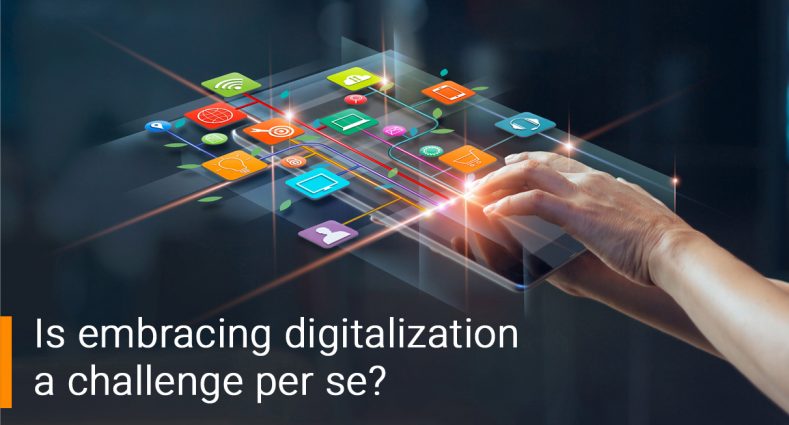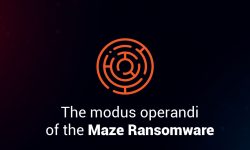How can 1.33 billion people embrace digitalization in an era of damaging malware?

There are approximately 451 million monthly active Internet users in India. This estimate from a report by the Internet and Mobile Association of India (IAMAI) is a staggering number. It puts India only second in terms of Internet users after China.
Yet, if you see this number from a different angle, you’ll realize that this is just the beginning of India’s digital revolution. In terms of penetration, only 36% of India’s total population is presently connected to the Internet. It’s still a long way away from European countries or the United States where over 70% of the population accesses the Internet. India’s internet penetration is also quite short of China’s which has a 50% internet penetration rate.
More and more Indians are embracing the digitalization
The last decade has seen a huge rise in the number of Indians logging on to the Internet. A journey which started with dial-up connections in the early 2000s has now evolved into high-speed lightning-fast Internet offered by telecommunication companies. It has been a tumultuous journey, catapulting entire generations into the information superhighway. Now large parts of the country cannot imagine a life without the Internet. Whether it’s shopping, business, leisure or staying in touch, the Internet has become a necessity in our lives.
And yet as the above numbers demonstrate, the next decade will see a huge number of Indians discover the Internet and get digitally connected for the very first time. As Internet penetration increases, more and more first-time users will be digitally connected and search for information, stay in touch with loved ones or make transactions, online.
It’s a wonderful forecast but also one that’s fraught with apprehensions.
The danger that lurks
The Internet is a place of great opportunity, but it can also be dangerous. As some of the biggest organizations in the world have discovered, malware lurks at every corner of the World Wide Web, data breaches can happen to anyone and the consequences can be severe. Cyber attackers monitor their targets very closely looking for exploits and vulnerabilities.
For a first-time user who may be unaware of this side of the Internet, this is a significant risk. For example, consider UPI frauds which we have spoken about extensively, previously. This is a perfect example of how first-time Internet users are targeted. These users try to conduct financial transactions through their phone using a UPI app but are at risk of being cheated out of their money by a scamster.
Stay safe while exploring the wonders of digitalization
Hence it is extremely to invest in a strong and powerful cybersecurity solution for all those who use the Internet and not just first-time users. As India continues to embrace digitalization, the number of cyberattacks will increase fundamentally – the Indian Computer Emergency Response Team (CERT-in) saw the number of cyberattacks increase exponentially from 53,081 in 2017 to 2,08,456 in 2018.
Quick Heal Technologies, India’s leading IT solutions company, has a rich legacy of 26 years fighting cybercrime and offers a range of security solutions for users. Whether it’s for a PC or a laptop (Quick Heal Total Security, Quick Heal Internet Security, Quick Heal AntiVirus Pro, Quick Heal Total Security for Mac), for mobiles or tablets (Quick Heal Total Security for Android, Quick Heal Mobile Security for Android) or even for multiple devices (Quick Heal Total Security Multi-Device), Quick Heal ensures that users stay safe as they navigate through the digital revolution.


No Comments, Be The First!